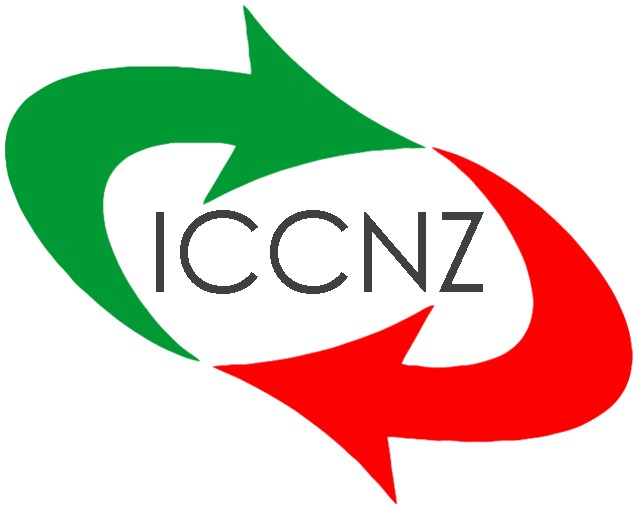New Zealand and the European Union reached a deal on a bilateral trade agreement on 30 June. The agreement goes beyond traditional rules for import and export since it encompasses norms about investment, intellectual property rights, data flow, public procurement, Māori trade, respect for the Paris Climate Agreement, and core labour rights.
With a focus on trade, the agreement foresees duty-free access on 97% of NZ’s current export to the EU (over 91% being removed when the agreement comes into force); immediate tariff elimination for kiwifruit, wine, onions, apples, mānuka honey, and manufactured goods, as well as almost all fish and seafood; larger quotas for annual export of dairy and red meat; and NZ service providers able to access EU market on an equivalent basis to local and foreign service providers in a range of sectors including education. NZ will remove duties on EU products, such as clothing, shoes, cars, and motor vehicle parts (for which the current tariff is up to 10%); machinery, pharmaceuticals, pet food, wine, chocolate, sugar confectionary, and biscuits (for which the current tariff is up to 5%).
Moreover, the agreement will protect geographical indications (GIs): of the 2,146 European GIs protected by the agreement, 30% are Italian such as Valpolicella, Chianti, Grappa, Asiago, Prosciutto di San Daniele, and Prosciutto di Parma. The agreement foresees special rules for Nero d’Avola, Gorgonzola, Grappa, and Prosecco. As far as Parmigiano Reggiano is concerned, the protection of this GI shall not prevent prior users of the term parmesan in NZ, having used this term in good faith for at least 5 years before the entry into force of the agreement to continue using that term. To reduce the risk of Italian-sounding products – that is, giving an Italian image to a quality food product that is not actually Italian – where Parmesan is used, there must be a legible and visible indication of the geographical origin of the product concerned. The agreement will also protect 23 NZ wines and spirits, among which are Central Otago, Marlborough, Martinborough, Matakana, and Waiheke Island.
The expected impact of the agreement, once in force, will hardly be a game changer under the economic point of view. This is mainly due to the structural conditions of the partners and the content of the agreement itself.
NZ is the 50th largest trading partner in goods of the EU and makes up just 0.2% of its trade. EU is the 4th largest trading partner in goods of NZ after China, Australia, and the United States. Moreover, due to the small size of the NZ economy and the type of export (mainly primary goods), the expected effect of tariffs’ drop will generate mainly trade diversion – NZ exporters will move exports from lower revenue generating countries to the EU – as written by Hugh Dixon, Manager at BERL.
New Zealand’s trade with Italy (% of NZ’s total trade with the World)
The agreement won’t fully open trade in sectors that are economically relevant for the NZ and politically sensitive for the EU: agriculture. The dairy industry, for example, accounts for around 3% of NZ’s GDP and 20% of its total exports. NZ is so efficient in this sector that, during the negotiations, the European Dairy Association declared that granting NZ further access to the EU market would bring “fatal consequences” for the European dairy sector, and the European Commission stated that “increased market access for primary agriculture may negatively affect the standard of living and traditional lifestyle of small farmers in the EU.”
Though small in absolute terms, the signature of this agreement was a priority for both parties. In announcing the agreement, Ursula von der Leyen, the president of the European Commission, provided a clear explanation for that commitment: “This new agreement between the EU and NZ comes at an important geopolitical moment. Democracies – like ours – work together and deliver for people.”
The EU prioritized negotiations with NZ to balance the favour toward trade protectionism that arose in 2016 signalled by the Brexit referendum and the election of Donald Trump as president of the United States. That defensive favour was recently substituted by a proactive one. Production and trade disruptions triggered both by pandemic-motivated restrictions and by the consequences of Russia’s invasion of Ukraine are pushing firms to re-shore or friend-shore, ie, moving supply chains back home or running them only through countries that are close political partners. And in this post-globalization scenario dominated by geopolitical rivalries, the EU and NZ clearly indicated on which side their friendship lies. What’s next? It will take until at least 2024 for the agreement to come into effect as it needs to be ratified by both the European Parliament and NZ.


